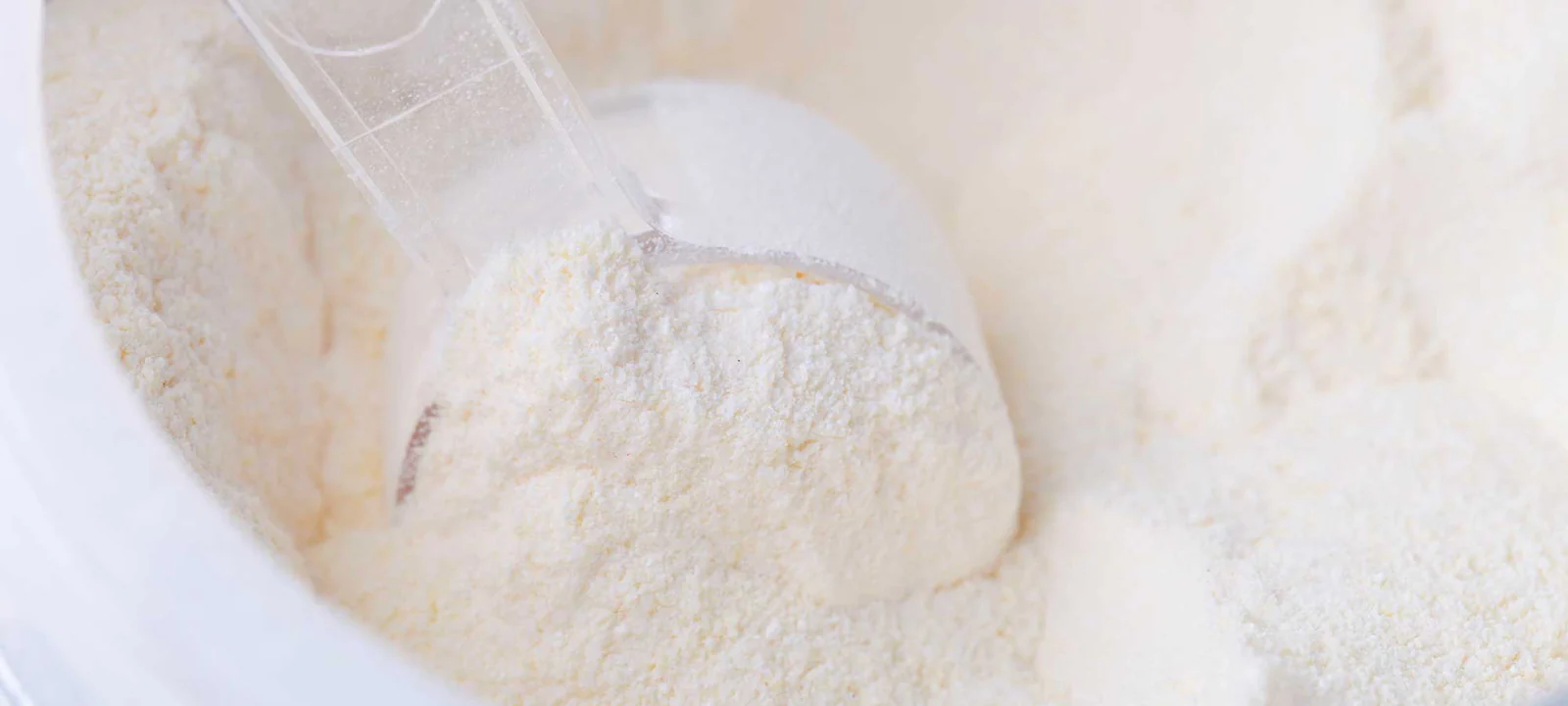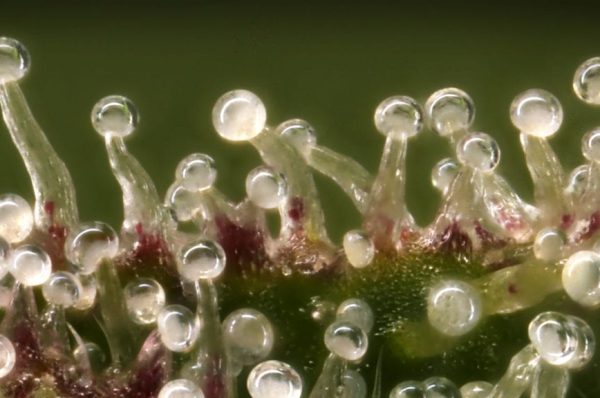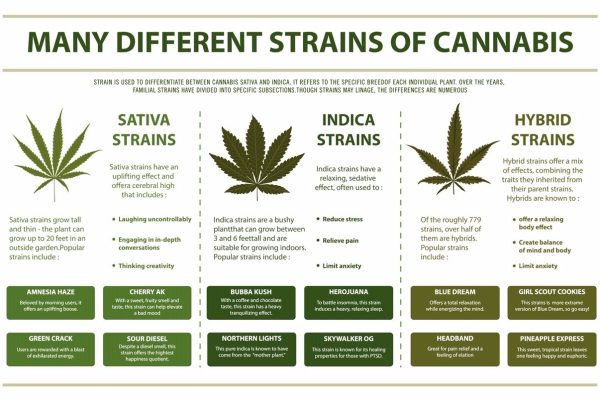Cannabidiol (CBD) has garnered significant attention in the wellness and medical communities for its potential therapeutic benefits. Among the various forms of CBD available, CBD isolate stands out due to its purity and versatility. This blog post delves into the intricacies of CBD isolate, exploring its extraction and isolation process, potential uses, products, and the chemistry that underpins its unique properties.
What is CBD Isolate?
CBD isolate is the purest form of cannabidiol, a naturally occurring compound found in cannabis plants. Unlike full-spectrum CBD products, which contain a range of other cannabinoids and terpenes, CBD isolate is over 99% pure CBD. This form is devoid of THC, the psychoactive component of cannabis, making it an attractive option for individuals seeking the benefits of CBD without the “high.”
Extraction and Isolation Process
The journey to produce CBD isolate begins with the extraction of CBD from cannabis plants. The process is meticulous and involves several steps:
- Extraction:
- CO2 Extraction: One of the most prevalent methods is supercritical CO2 extraction. This technique utilizes carbon dioxide under high pressure and low temperature to isolate, preserve, and maintain the purity of the CBD. It’s considered safe and efficient but requires expensive equipment and a steep operational learning curve.
- Ethanol Extraction: Another common method involves the use of high-grade grain alcohol to extract CBD. It’s an efficient method for producing CBD products but not the best for CBD isolate production, as it can sometimes leave trace amounts of solvent in the final product.
- Winterization: After extraction, the concentrate contains fats, waxes, and other plant materials. Winterization involves mixing the extract with alcohol and exposing it to cold temperatures. This process helps to separate pure CBD from the rest of the extracted material.
- Decarboxylation: The next step is decarboxylation, where the extract is heated to activate the CBD. This process converts CBD-A, the acid precursor of CBD, into CBD, enhancing its therapeutic properties.
- Distillation: The extract undergoes distillation to further purify the substance. This involves heating the CBD mixture to specific temperatures to vaporize the compound, then condensing the vapor back into a liquid form.
- Isolation and Purification: Finally, through a process called chromatography, CBD is isolated from other compounds, resulting in 99% pure CBD isolate.
Potential Uses and Products
CBD isolate is incredibly versatile, making it a preferred choice for many consumers and manufacturers. It’s used in various products due to its purity and lack of taste and odor. Some of the common uses and products include:
- Sublingual Drops: Users can place CBD isolate directly under their tongue for quick absorption into the bloodstream.
- Topical Applications: It can be mixed with carrier oils or creams for targeted relief on specific body parts.
- Edibles: The isolate can be incorporated into gummies, baked goods, and other edibles.
- Vaping: When used in vape pens, CBD isolate can be inhaled, providing rapid effects.
- Tinctures and Oils: CBD isolate can be dissolved in carrier oils to create tinctures with precise dosages.
The Chemistry Behind CBD Isolate
CBD isolate is a crystalline solid or powder that comprises pure CBD. It’s a cannabinoid, similar to THC, but without psychoactive effects. The science behind CBD’s therapeutic effects is linked to its interaction with the body’s endocannabinoid system (ECS). The ECS plays a crucial role in regulating a range of functions, including mood, appetite, pain, and sleep.
Unlike THC, CBD does not directly bind to the cannabinoid receptors in the ECS. Instead, it influences the receptors indirectly and increases the levels of endocannabinoids in the body. This indirect action contributes to CBD’s ability to alleviate symptoms without producing a “high.”
Conclusion
CBD isolate offers a versatile and pure form of CBD, free from other cannabinoids, including THC. Its production involves a meticulous extraction and isolation process, ensuring over 99% purity. The potential uses of CBD isolate are vast, ranging from therapeutic applications to incorporation in various consumer products. Understanding the chemistry behind CBD and its interaction with the body’s endocannabinoid system sheds light on its potential benefits, making CBD isolate an intriguing focus of study and use in the wellness and medical industries.
Whether you’re considering CBD isolate for its potential health benefits or its versatility in product formulation, its purity and the science behind it offer promising avenues for exploration and application. As with any wellness product, it’s crucial to consult with a healthcare professional before incorporating CBD isolate into your regimen, ensuring its suitability for your health and well-being.




